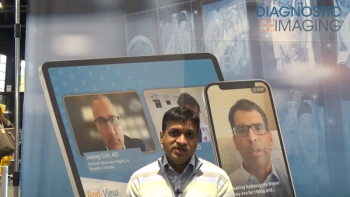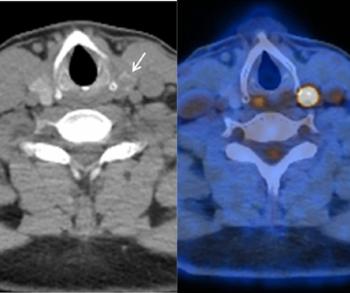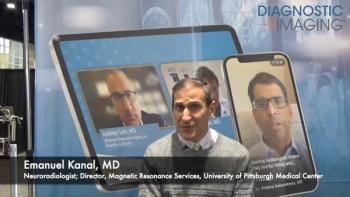
PACS support: Facility prefers self-help to IT
Some radiology departments have found it necessary to hijack PACS support from IT. Rex Healthcare in Raleigh, NC, is an example. "Rex took PACS support into its own hands after realizing that the IT department was overmatched when it came to PACS
Some radiology departments have found it necessary to hijack PACS support from IT. Rex Healthcare in Raleigh, NC, is an example.
"Rex took PACS support into its own hands after realizing that the IT department was overmatched when it came to PACS implementation and support," said Thomas Hasley, Rex's RIS analyst.
Halsey outlined the Rex experience in a recent paper (Radiol Manage 2002;24(6):26-30). He listed key factors prompting radiology to assume PACS support:
? perception that IT was obsessing on the approaching Y2K scare
? lack of radiology-experienced personnel in IT
? fact that radiology was driving PACS purchase and meeting with vendors independently
It was early 1999, and IT at Rex had its hands full implementing eight new systems before Y2K. Radiology took the challenge of implementing and supporting PACS.
"PACS is not something that, if it goes down, a radiologist can call the HELP desk and be told they'll open a problem ticket and someone will get back to them," Hasley said.
Support responsibility was given to two RTs (Hasley and colleague Rocky Lien). Though they had no high-end network administration experience, they knew computer systems and, more important, had radiology departmental workflow experience.
"We handled all the PACS calls and dealt directly with the vendor," Hasley said.
Another RT was brought onboard, and a radiology informatics team was formed, providing 24/7 problem coverage.
A radiology-supported PACs offers one principal advantage: It takes less time for a radiologist to explain to an RT that the CT axial images are displaying too much contrast or that the comparison view of the sella turcica isn't showing up correctly.
"It's much easier to teach an RT computers than it is to teach IT radiology," Hasley said. "Plus, with an RT, the respect is greater from the radiologists."
Having support personnel employed by radiology gives more urgency to getting things done and automated so the department becomes more efficient. Conversely, if IT adds more computers, it merely becomes more of a nightmare for them to support. As a non-revenue producing area, it's harder to get approval for additional FTEs.
On the downside, constant call remains an issue.
"As the system gets bigger, so does the chance of being called. With a team of three, that can get old," Hasley said.
Newsletter
Stay at the forefront of radiology with the Diagnostic Imaging newsletter, delivering the latest news, clinical insights, and imaging advancements for today’s radiologists.



























